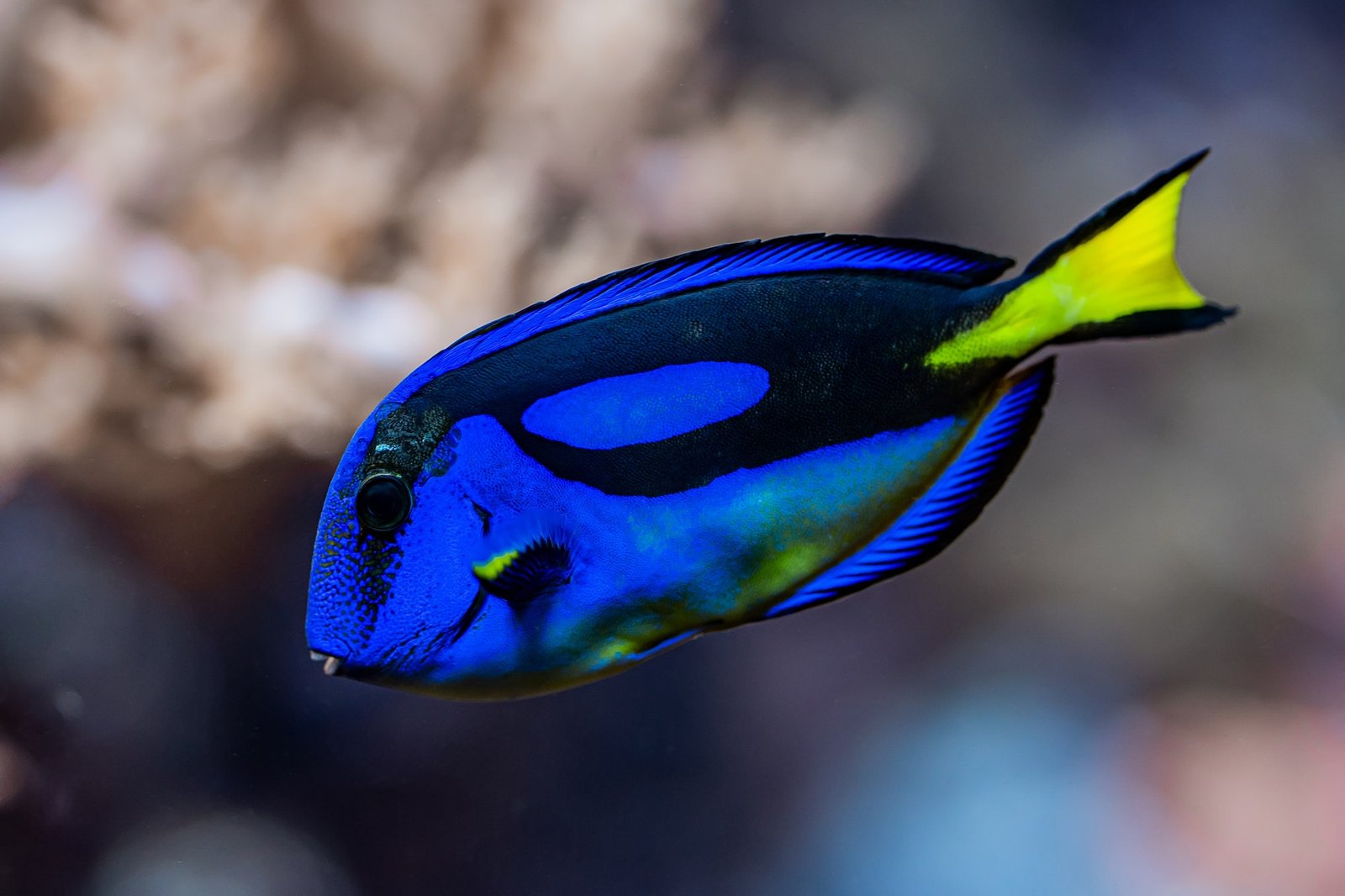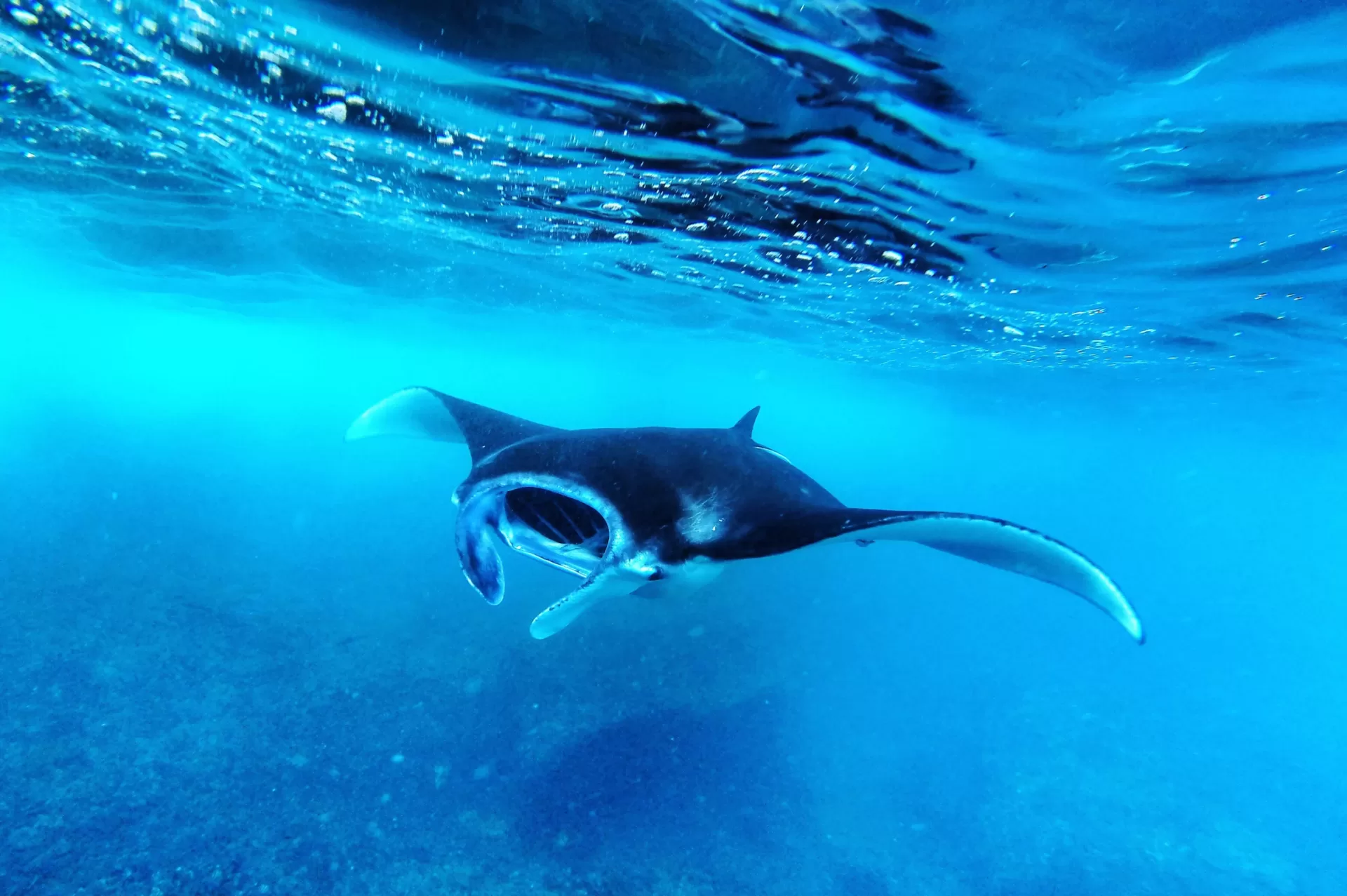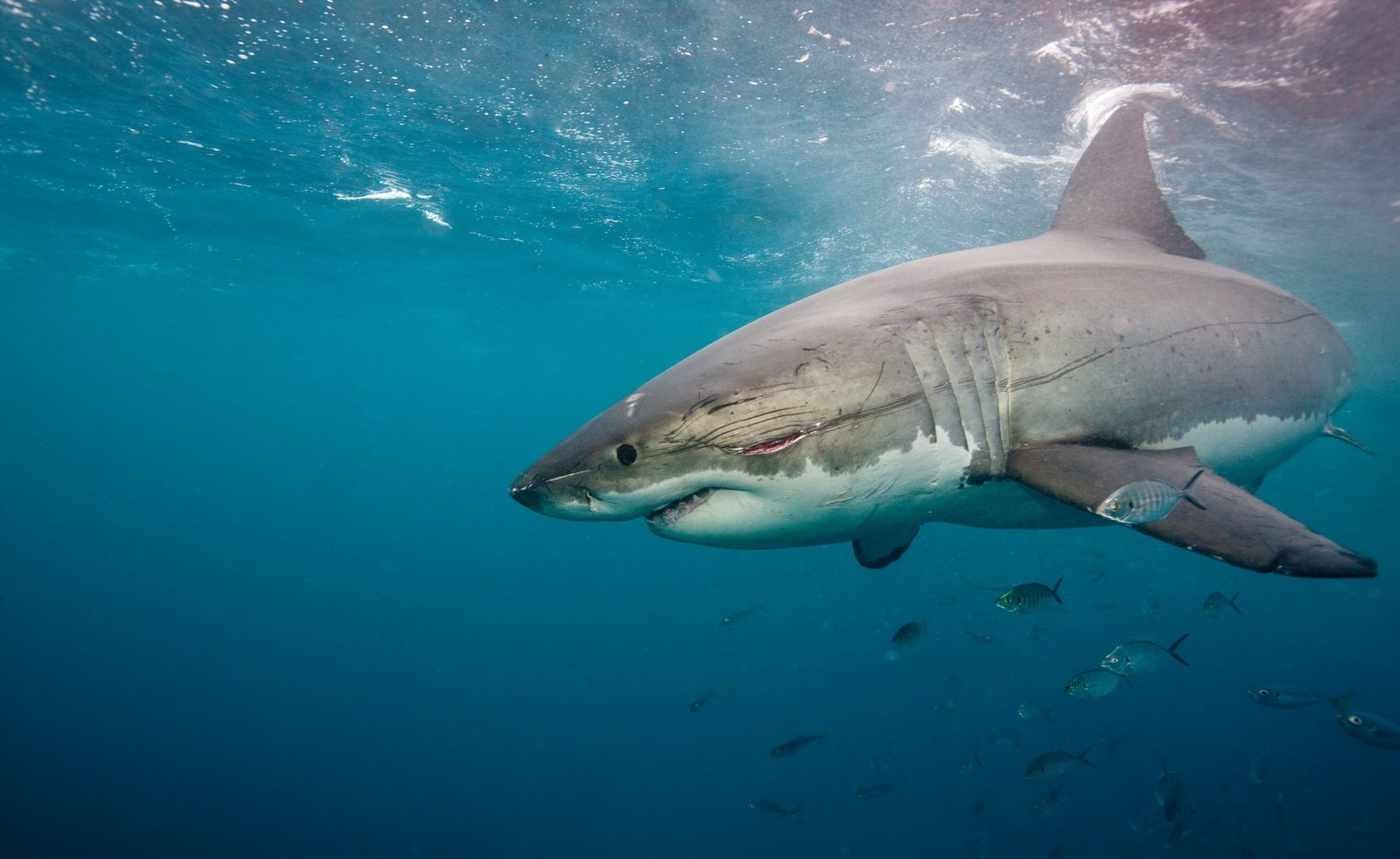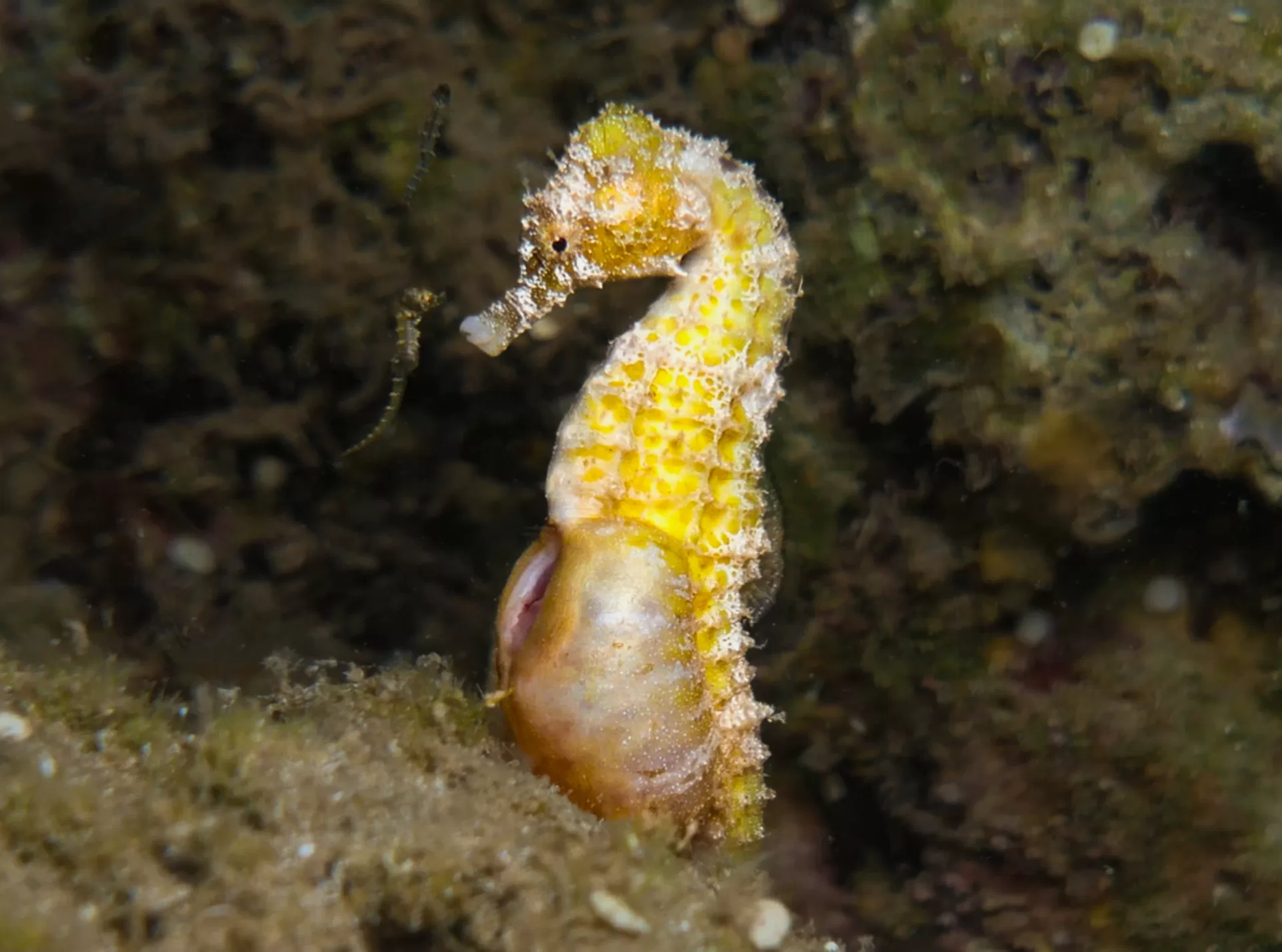Blue Tang Surgeonfish have gained widespread recognition, both among marine biologists and the public at large, for their stunning coloration, ecological significance, and endearing personalities. Found predominantly in the warm, coral-rich waters of the Indo-Pacific, these fish play a critical role in maintaining healthy reef systems.
Taxonomy and Morphology
Blue Tang Surgeonfish are classified under the genus Paracanthurus, part of the Acanthuridae family. Adult individuals typically range in size from 25 to 31 cm (approximately 10 to 12 inches). Most are predominantly royal blue in color, offset by a yellow or white caudal spine, which provides them a striking appearance.
Taxonomy and Species Overview
The Acanthuridae family is rich in species diversity, but for the specific focus on Blue Tang Surgeonfish, they are primarily classified under a single species: Paracanthurus hepatus.
Ecological Role
Blue Tangs serve an essential role in reef environments by consuming algae, which in turn helps to keep coral healthy by reducing competition for resources. They are an integral part of the coral reef food web and significantly contribute to reef resilience.
Physiology: Adaptations for Algae-Feeding
One of the Blue Tang’s unique physiological traits is its specialized mouth, well-adapted for scraping off algae from coral and rocks. This algae-feeding habit directly benefits coral reefs by mitigating algal overgrowth.
Blue Tang Surgeonfish Size
In the realm of marine wildlife, Blue Tang Surgeonfish are moderate in size but still manage to command attention with their vibrant colors. Adult Blue Tang Surgeonfish generally range from 25 to 31 cm (approximately 10 to 12 inches), making them a sight to behold, especially when they form schools.
Behavior and Social Structure
While not as socially complex as clownfish, Blue Tangs are known for their schooling behavior, often seen in groups, especially when juveniles. Their social structures are less hierarchical compared to clownfish but are still vital for survival in the open ocean.
Reproduction
Like many marine fish, the Blue Tang Surgeonfish’s reproductive patterns are influenced by environmental cues such as temperature and moon phases. They engage in broadcast spawning, releasing eggs and sperm into the water column.
Conservation Status
Blue Tang Surgeonfish are not currently listed as endangered. However, they are vulnerable to habitat destruction and are often targeted for the aquarium trade. Sustainable practices and marine protected areas are essential for their long-term survival.
Frequently Asked Questions (FAQs)
- What do Blue Tang Surgeonfish eat?
- Primarily algae, helping control its growth on coral reefs.
- Are Blue Tangs aggressive?
- Generally peaceful but can be territorial, especially when protecting their food source.
- Where are Blue Tangs commonly found?
- Indo-Pacific region, including the Great Barrier Reef, Maldives, and the Red Sea.
- Can Blue Tang Surgeonfish be kept in aquariums?
- Yes, but they require spacious tanks and specific water conditions.
- How do Blue Tangs defend themselves?
- They possess a retractable, razor-sharp spine on both sides of their tail base, which can be used defensively.
The Blue Tang Surgeonfish is a remarkable marine species whose unique attributes contribute greatly to the biodiversity and health of coral reef ecosystems. With ongoing scientific research, we continue to discover more about these enchanting creatures, deepening our overall understanding of marine life.




